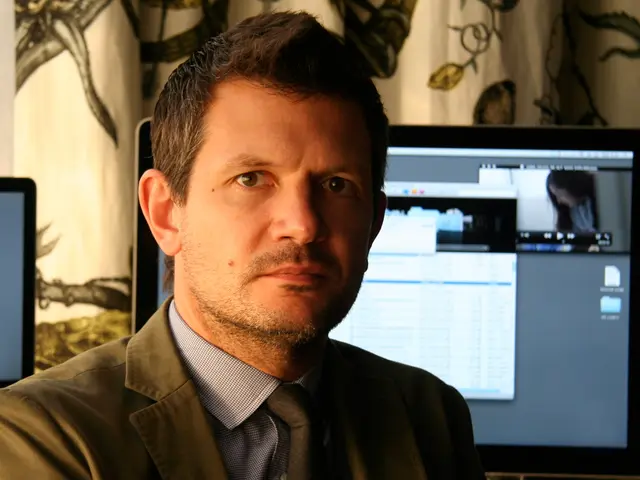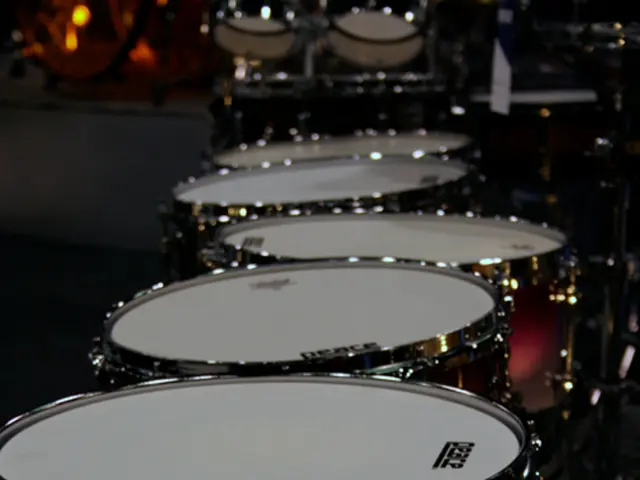Researchers Achieve Breakthrough in Predicting Optical Transitions in Semiconductors
A team of researchers, led by K. B. Ibupoto, Z. Yousaf, I. T. Sorathiya, and S. A. Akbar, has made significant strides in predicting optical transitions within complex semiconductor structures. Their work, published on arXiv, offers a highly accurate method for modelling epitaxial semiconductor superlattices, with applications in unipolar devices operating in the mid-infrared.
The team developed a generalized empirical model that accurately captures complex compositions at the atomic level. This method involves detailed modelling of material composition, accounting for subtle variations at interfaces between different layers.
Atomically-resolved Z-contrast imaging revealed deviations from nominal alloy compositions in simulations. The refined model accurately predicts the intersubband absorption spectrum of an asymmetric coupled quantum-well structure, improving upon previous methods by almost tenfold. The team achieved a tenfold improvement in simulating the absorption spectrum of an InGaAs/InAlAs asymmetric coupled quantum-well structure. Notably, they accurately predicted the E13 transition at 278 meV, closely matching the experimental peak of 281 meV.
The researchers' work is crucial for designing and optimizing unipolar devices operating in the mid-infrared. Their method simulates light absorption with unprecedented precision, offering a significant advancement in the field of semiconductor physics and device engineering.
Read also:
- FDA's Generic Mifepristone Approval Sparks Pro-Life Concerns Over Safety and States' Rights
- Understanding Child Development: Causes and Signs of Delays
- Top Superfoods for Hormonal Health: Avocados, Berries, Flaxseeds, Turmeric, and Cruciferous Veggies
- Pope Francis' New Book 'Let Us Dream' Offers Unity and Hope for Post-Covid World





